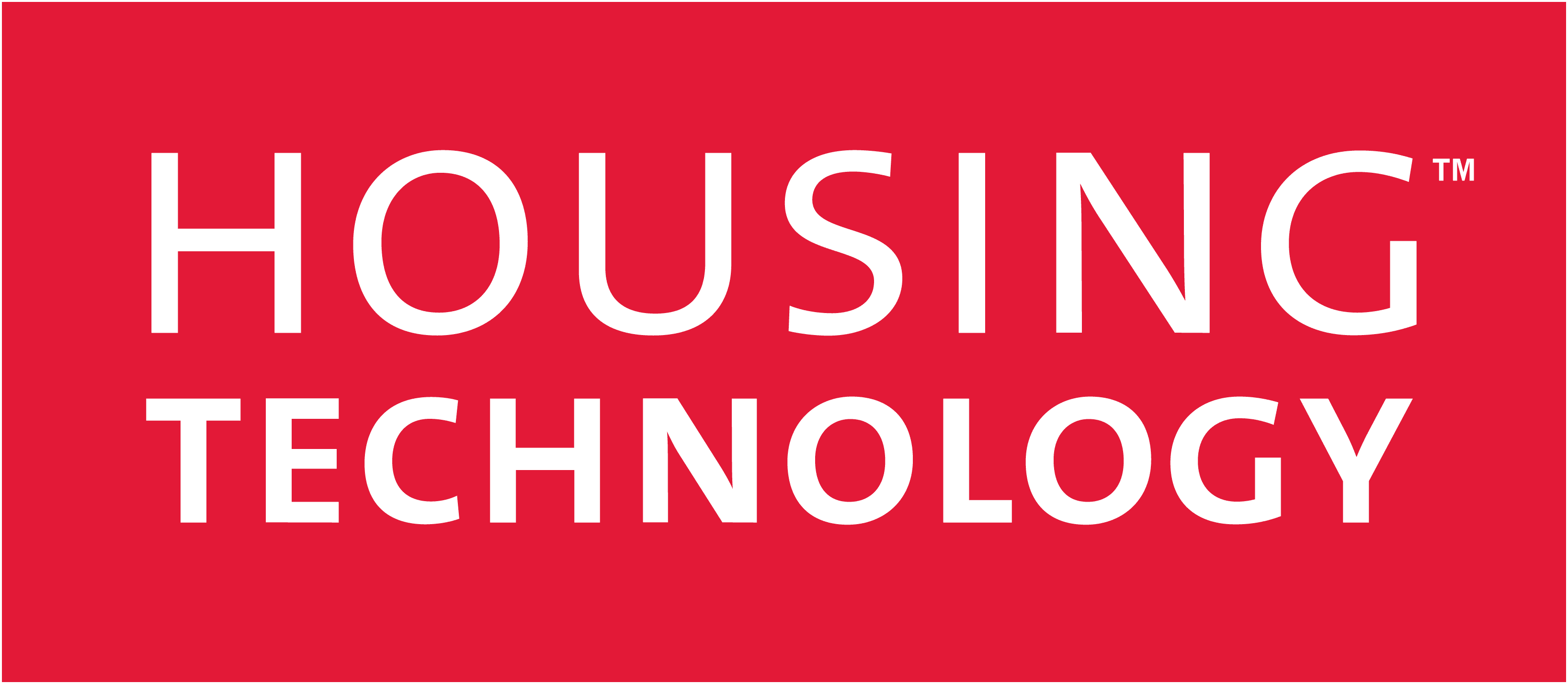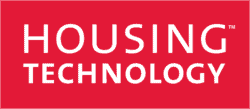When reviewing which software to buy for a housing provider, much of the required functionality, such as asset management, HR, rent collection and so on, is found in traditional ERPs. If you wanted to make a snap purchasing decision, an ERP system will typically fulfil a housing provider’s basic needs. For the first few weeks or months, it might seem like everything is perfect. But as all organisations learn over time, the business processes that you thought were simple are only simple when everything is taking the normal route. As soon as you start deviating from the process, some growing pains appear. And as we all know, housing has a lot of opportunities for processes to need tweaking!
As agile product developers, when building FaultFixers we interviewed dozens of people working in a variety of housing and facility management (FM) functions to find out what their digital pain points were. One complaint we heard again and again was that the inability to customise ERPs to the business’s own processes causes employees to waste time trying to find work-arounds and creates a frustrated workforce. ERP systems are sold as ‘one size fits all’, but the future of effective software will come from being agile and responsive to a business’s needs and processes, which is where best-of-breed applications shine.
Another common complaint surprised us – we thought that new members of staff would quickly be productive using ERP systems because we expected them to have used a similar ERP system in previous jobs. We were told the opposite – there are so many ERP systems and they are so over-architected and complicated that it took new employees weeks to feel comfortable using the software. By contrast, in organisations using housing- and FM-specific software, most of our interviewees stated they were productive very early on.
As housing providers battle massive challenges, notably ongoing austerity, an uncertain future with Brexit and the fallout from the Grenfell Tower tragedy, they must catch up with the more advanced private-sector companies in a key area: IT. With many housing providers still running repair logs, work orders and tenant lists on Excel (in some cases we even saw paper!), it is long overdue that they start using IT to improve and automate processes.
The ERP systems installed in housing providers are too expensive to buy, too complicated to learn, and are typically hosted on-premise (and who wants that hassle in 2018?). Don’t just take my word for it – look up the big ERP mobile apps on Google Play or the Apple App Store, and you’ll see that the plethora of bad reviews speak for themselves!
At FaultFixers, we firmly believe in sector-specific, best-of-breed software. One of our core principles is that by focusing on housing and FM and doing deep user research with operatives and back-office staff, this is what has enabled us to build software that people actually enjoy using.
To make a comparison to the consumer software space, I think a smart move was when Facebook split Messenger into a separate app, effectively saying “use what you need, we won’t force you to use everything”. After then buying WhatsApp and Instagram, Facebook kept them as a separate apps. This forward thinking has protected them in the wake of the privacy scandals of the last few years; even as usage of Facebook is in decline in its core markets, WhatsApp and Instagram continue to grow.
Amy Boyd is the co-founder and chief technology officer of FaultFixers.


